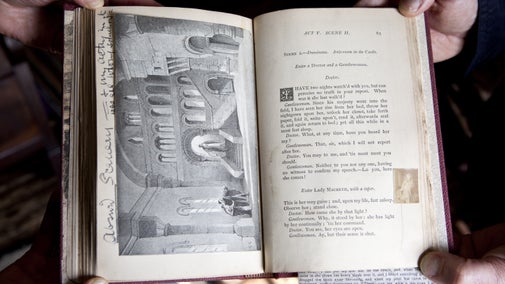-
Early history
1268: First known reference to The Vyne appears in a medieval document. Over time the spelling changes between 'Vyne' and 'Vine'.
1337: A chantry chapel is founded on the estate. Chantry chapels were used to pray for the souls of the dead, usually the donor, so that they could atone for sins committed during their lifetime.
1386: The Sandys family become owners of The Vyne through marriage.
1420: Joanna, the daughter of Walter Sandys, marries William Brocas, the owner of the neighbouring Beaurepaire estate, and The Vyne passes into Brocas ownership.
1488: Sir William Sandys 'recovers' The Vyne from the Brocas family, and the Sandys remain at the mansion until 1653.
1496: It was a tradition to give the eldest son the same first name as the father, so when William Sandys (I) dies in 1496, William Sandys (II) inherits. Savvy and diplomatic, he goes onto have a successful career in the court of Henry VIII, at a time when others were falling foul of this feisty Tudor monarch.












